In today’s data-driven marketing landscape, making decisions without robust analytics is like navigating in the dark. For businesses looking to maximise their marketing effectiveness, implementing a comprehensive marketing dashboard is no longer optional—it’s essential for survival and growth in a competitive marketplace.
A marketing dashboard is a visual snapshot of your marketing performance—a centralised, one-page tool consolidating critical marketing data and objectives. This powerful tool enables marketers and business leaders to quickly assess performance and make informed, strategic decisions based on key metrics rather than guesswork.
Why Your UK Business Needs a Marketing Dashboard
Marketing dashboards transform how companies develop and analyse their marketing efforts. Here’s why they’re invaluable:
● Centralised Real-Time Data: Access all your marketing KPIs in one location, allowing for immediate performance monitoring and quick decision-making.
● Enhanced Transparency: Clear, concise information about various marketing channels and their impact facilitates effective communication and alignment between team members.
● Cost Efficiency: Monitor ad spend in real-time, ensuring you’re not wasting your budget on underperforming campaigns.
● Data-Driven Decision-Making: Replace gut feelings with concrete data, allowing for swift adjustments to strategies based on current resources and campaign performance.
The Must-Have Metrics to Track on Your Marketing Dashboard
The metrics you include should align with your dashboard objectives. We won’t lie, there are a lot of important metrics to monitor, but here are key metrics that most businesses should consider tracking:
Campaign Performance Metrics
● Click-Through Rate (CTR): The percentage of people who click directly on your ad and go through to your site.
● Cost Per Click (CPC): The average cost you pay for each click
● Return on Ad Spend (ROAS): Revenue generated for every pound spent on advertising
● Conversion Rate: This is the percentage of visitors who complete a desired action, such as purchase or send an enquiry.
● Ad Impressions: The number of times your ads are displayed
Website Performance Metrics
● Website Traffic: Total visitors to your site, segmented by source
● Bounce Rate: Percentage of visitors who leave your site after viewing the one page they landed on
● Page Load Time: Critical for technical SEO and user experience (aim for 0-2 seconds)
● Landing Page Conversion Rates: How effectively specific pages convert visitors
Lead Generation Metrics
● New Leads: Number of new potential customers captured
● Cost Per Lead: How much you’re spending to acquire each lead
● Monthly Qualified Leads (MQLs): Leads that match your ideal customer profile
● Lead-to-Customer Conversion Rate: The Percentage of leads that turn into paying customers
Customer Metrics
● Customer Acquisition Cost (CAC): The Total cost of acquiring a new customer
● Customer Lifetime Value (CLV): The total revenue you can expect from a single customer
● CLV:CAC Ratio: Indicates the long-term value of your customer acquisition investment
Social Media Metrics
● Reach: The number of unique users who see your content
● Engagement: Likes, comments, shares, and other interactions
● Link Clicks: Traffic driven to your website from social platforms
● Follower Growth: The rate at which your audience is expanding
Promotional Item Metrics
● Distribution Volume: Number of promotional items handed out at events or campaigns
● Cost Per Item: Investment in each promotional product, including design, production, and shipping
● Lead Capture Rate: Percentage of recipients who provide contact information or engage further.
● Post-Event Conversion: Tracking recipients who later become customers via unique QR codes, promo codes, or landing pages
● ROI by Item Type: Comparing the performance of different promotional products (e.g., branded pens vs USB drives)
● Event Comparison: Analysing which trade shows or events yield the highest engagement and conversion rates from promotional items
To effectively track promotional items on your dashboard, implement custom UTM codes on printed materials, create unique landing pages for each event, use event-specific discount codes, and integrate CRM data to follow the customer journey from initial contact with your promotional material to eventual purchase.
Building Your Marketing Dashboard
Step 1: Define Your Objectives
Before creating your dashboard, clearly define what you want to achieve. Are you focusing on improving ad performance, increasing website conversions, or enhancing social media engagement? Your objectives will determine which metrics to include.
Step 2: Choose the Right Tools
Several platforms can help UK businesses create effective marketing dashboards:
● Google Analytics/GA4: Essential for tracking website performance
● Google Data Studio/Looker Studio: Creates visually appealing dashboards by connecting to multiple data sources
● Power BI: Microsoft’s powerful business intelligence tool
● Tableau: Robust data visualisation software
● Custom Solutions: For businesses with specific needs or that have multiple data sources
Step 3: Select Relevant KPIs
Remember, not all metrics are created equal. Focus on KPIs that:
● Align with your business objectives
● Provide actionable insights
● Can be influenced by your marketing activities
● Reflect on the customer journey
Step 4: Design for Clarity and Usability
An effective dashboard should:
● Present information in a clear, at-a-glance format
● Use appropriate visualisations (charts, graphs, heatmaps) for different metrics
● Include dynamic text boxes to highlight essential data
● Allow for data filtering to review different segments
● Automate data updates to ensure you’re always looking at current information
Optimising Your Campaigns Using Dashboard Insights
Having a dashboard is just the beginning. Here’s how to leverage it for campaign optimisation:
1. Identify Underperforming Areas
Regularly review your dashboard to spot campaigns, channels, or content that isn’t delivering results. Look for:
● High CPC with low conversion rates
● Traffic sources with high bounce rates
● Ad creative with poor engagement metrics
2. Reallocate Budget Based on Performance
Your dashboard reveals which campaigns deliver the best ROI. Use this information to:
● Shift budget from underperforming to high-performing channels
● Test new approaches with controlled budget allocations
● Pause campaigns that consistently fail to meet KPI targets
3. Refine Targeting
Analyse demographic and behavioural data to:
● Identify your most responsive audience segments
● Tailor messaging to specific customer personas
● Focus on geographical areas showing the best response
4. Optimise Content Strategy
Use engagement metrics to inform content development:
● Create more of what resonates with your audience
● Repurpose high-performing content across channels
● Address topics and formats that drive the most conversions
5. Implement Regular Review Cycles
Set a schedule for dashboard reviews:
● Daily checks for critical metrics and ad spend
● Weekly in-depth analysis for tactical adjustments
● Monthly strategic reviews to align with broader business goals
Common Pitfalls to Avoid
● Dashboard Overload: Including too many metrics creates confusion rather than clarity.
● Vanity Metrics: Focus on metrics that drive business outcomes, not just those that look impressive
● Inconsistent Monitoring: Establish regular review processes to ensure insights lead to action
● Siloed Data: Ensure your dashboard integrates data from all relevant marketing channels
● Missing Context: Always consider external factors (seasonality, market changes, competitor activity) when interpreting data
Conclusion
A well-designed marketing dashboard provides businesses with the visibility and insights needed to make informed decisions, optimise campaign performance, and maximise marketing ROI. By centralising your key metrics and establishing regular review processes, you’ll be equipped to respond quickly to market changes and continuously improve your marketing effectiveness.
Remember that your dashboard should evolve as your business goals and marketing strategies change. Regularly reassess the metrics you’re tracking to ensure they remain aligned with your current objectives and continue to provide actionable insights for your marketing team.

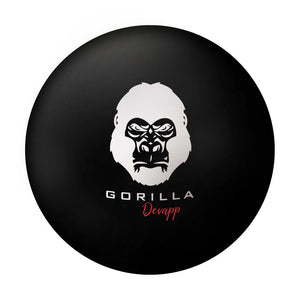





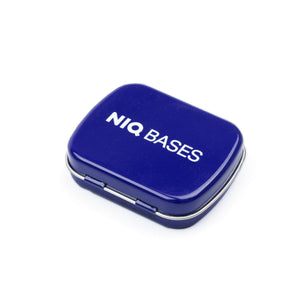

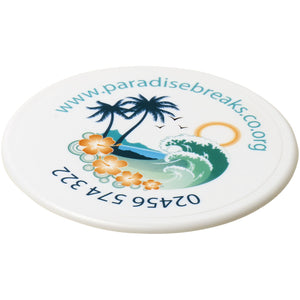



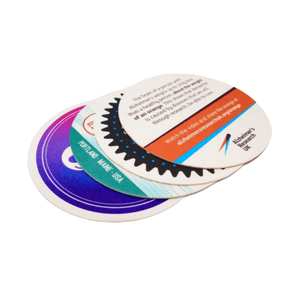
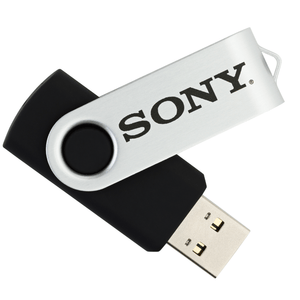
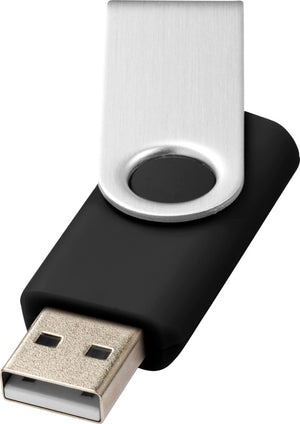

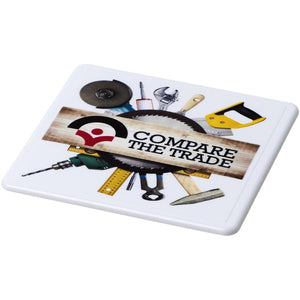

 by Totally Branded
by Totally Branded